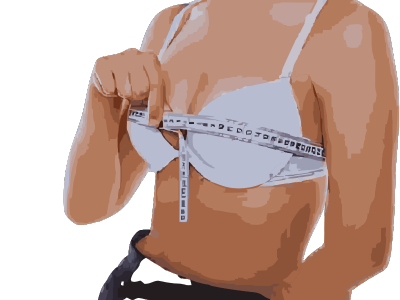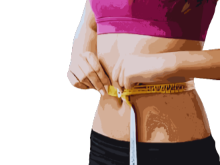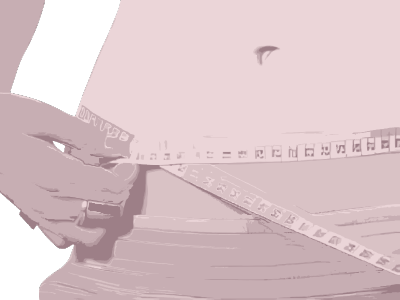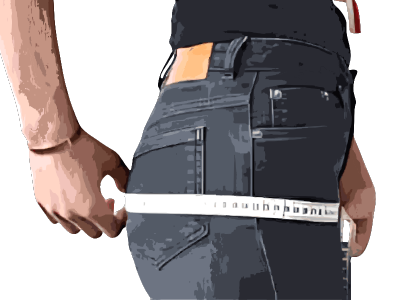Size guides
Women

Body measurements
- The measurements presented in this chart correspond to body measurements, not clothing measurements.
- This allows you to choose the right size according to your body shape.
- Each garment can have a different fit (very fitted, fitted, loose, standard).
- Consult the product sheet for precise indications on the cut or measurements of the garment.
Men

Body measurements
- The measurements presented in this chart correspond to body measurements, not clothing measurements.
- This allows you to choose the right size according to your body shape.
- Each garment can have a different fit (very fitted, fitted, loose, standard).
- Consult the product sheet for precise indications on the cut or measurements of the garment.
Sizes and weights in references

Body measurements
- The measurements presented in this chart correspond to body measurements, not clothing measurements.
- This allows you to choose the right size according to your body shape.
- Each garment can have a different fit (very fitted, fitted, loose, standard).
- Consult the product sheet for precise indications on the cut or measurements of the garment.

How to measure yourself correctly?
*Use a soft measuring tape, without bulky clothing.
Chest : On the fullest part of the chest (often at nipple level). And under the arms, flat on the back.

Waist : At the narrowest point of the abdomen, often located just above the navel and just above the navel

Low Rise (Pants): Wrap the tape about 2 to 3 inches (5 to 7 cm) below the belly button , where low-rise pants or skirts would naturally sit.

Hips (full) : The strongest part of the hips and buttocks.
Generally 15 to 20 cm below the waist (varies depending on body type).

Legs : Place the measuring tape on the inside of the leg , at the very top (groin). Measure down to: The ankle for long pants and below the calf for capris. Keep the tape snug, without pulling.

